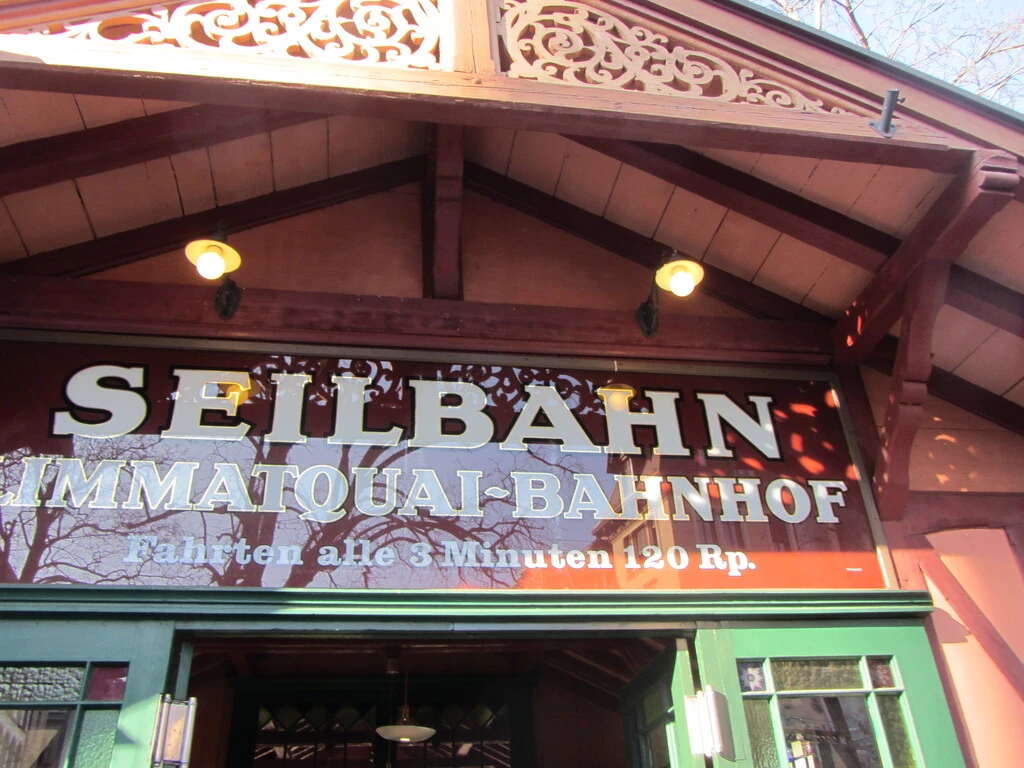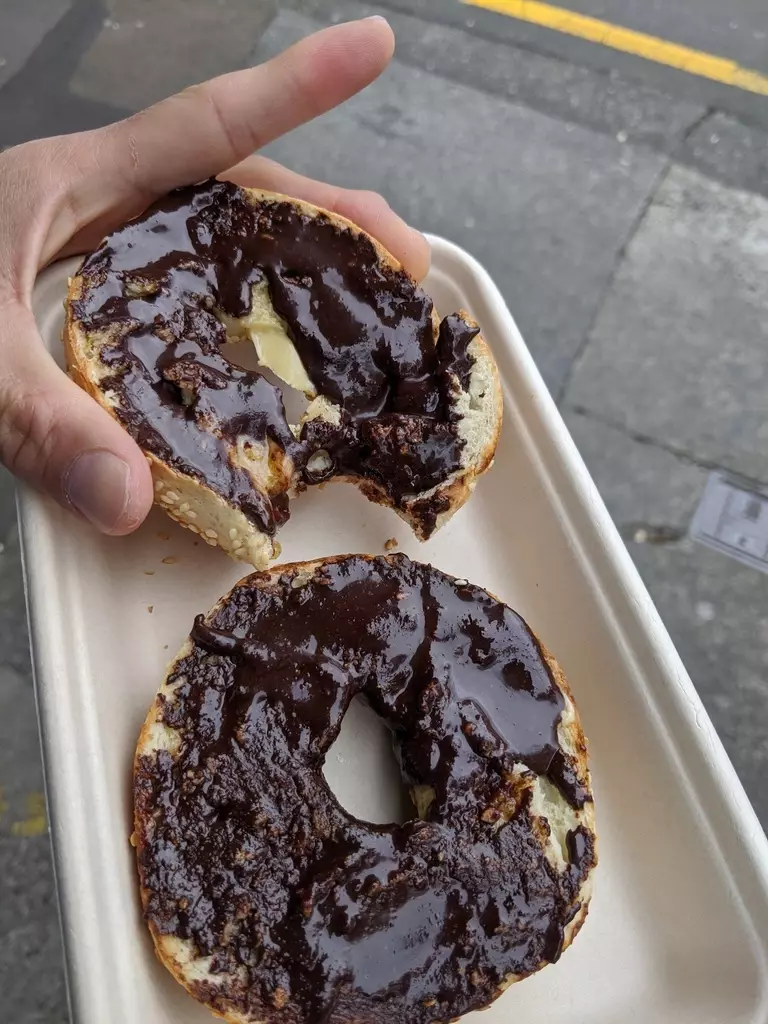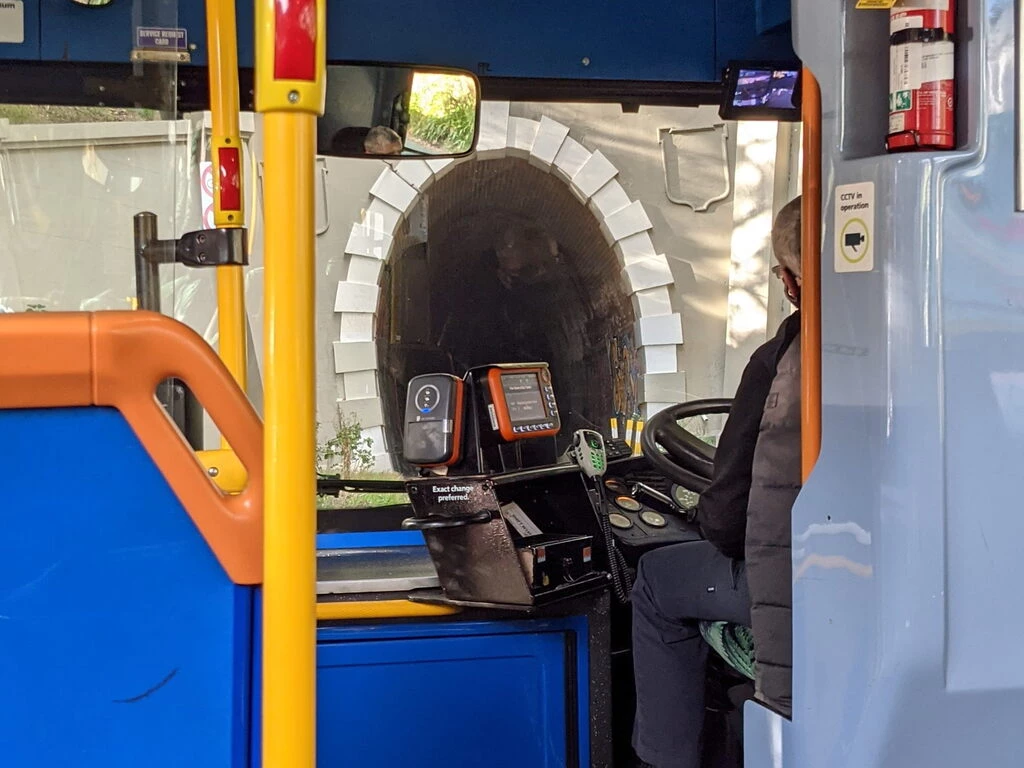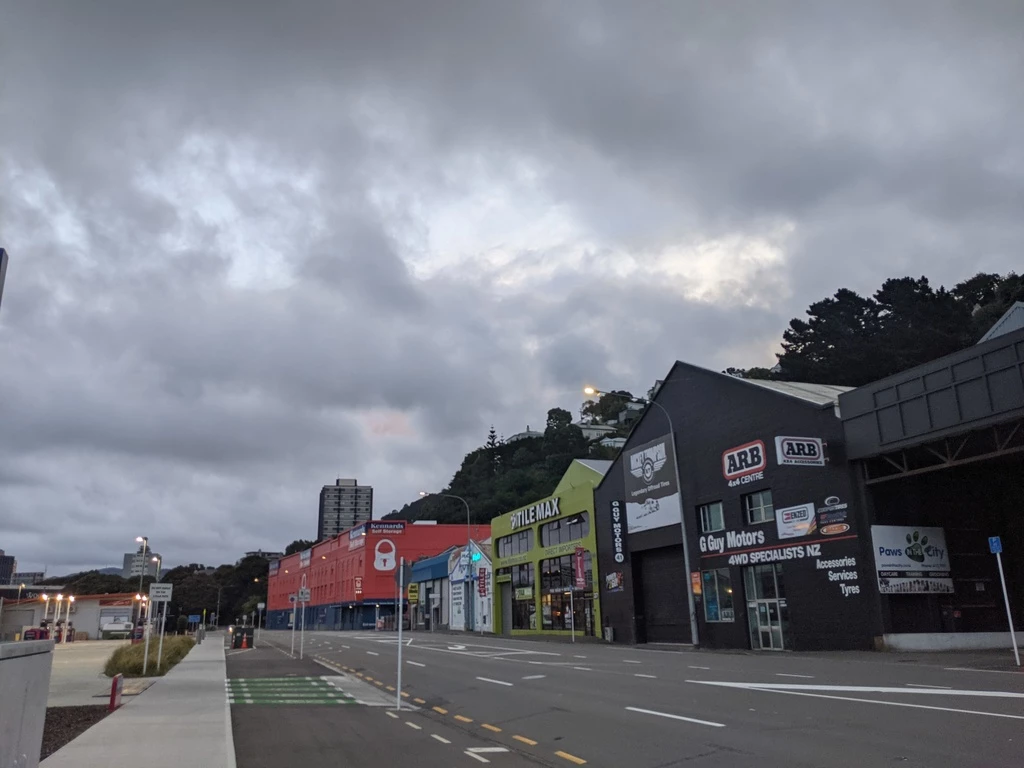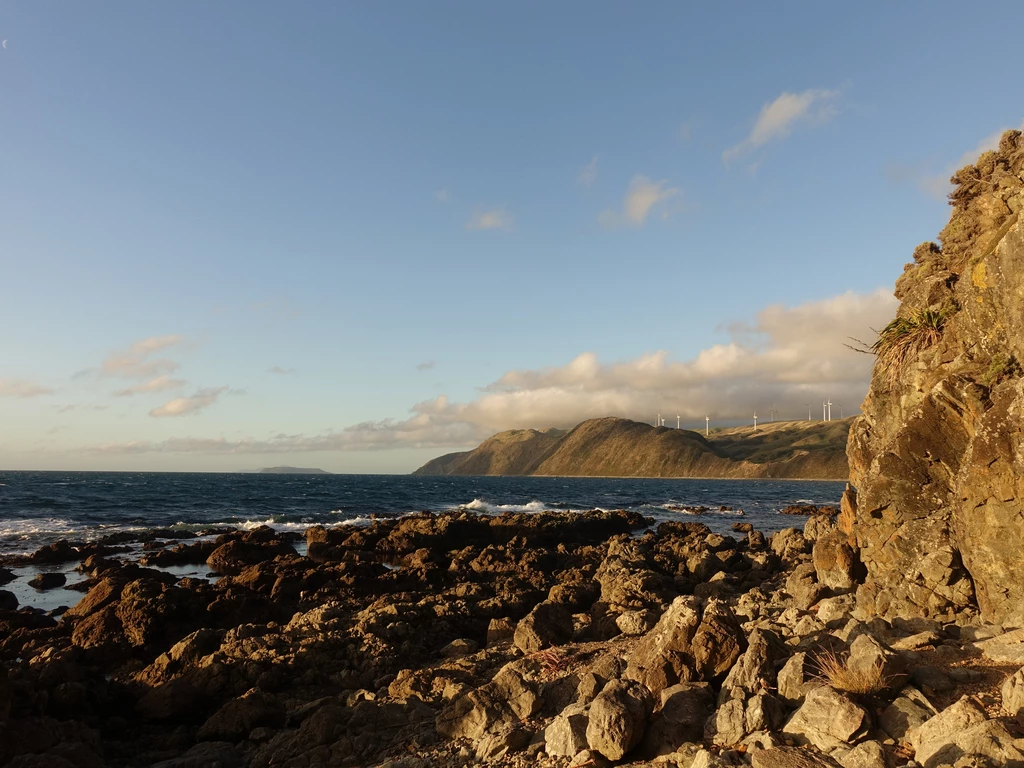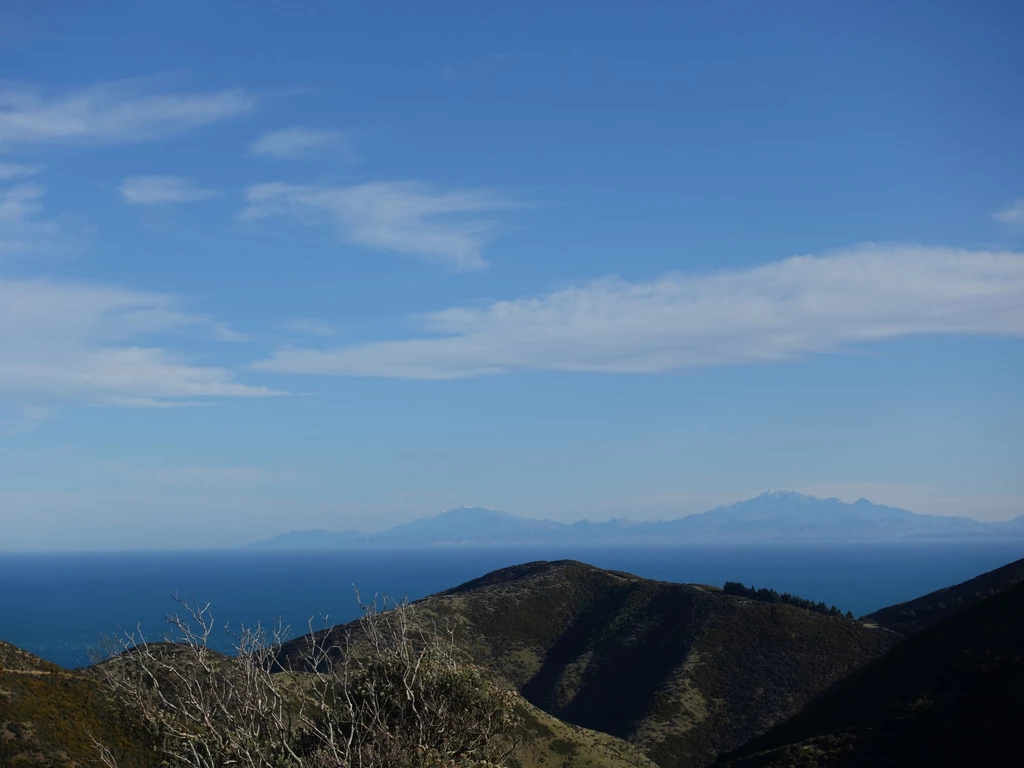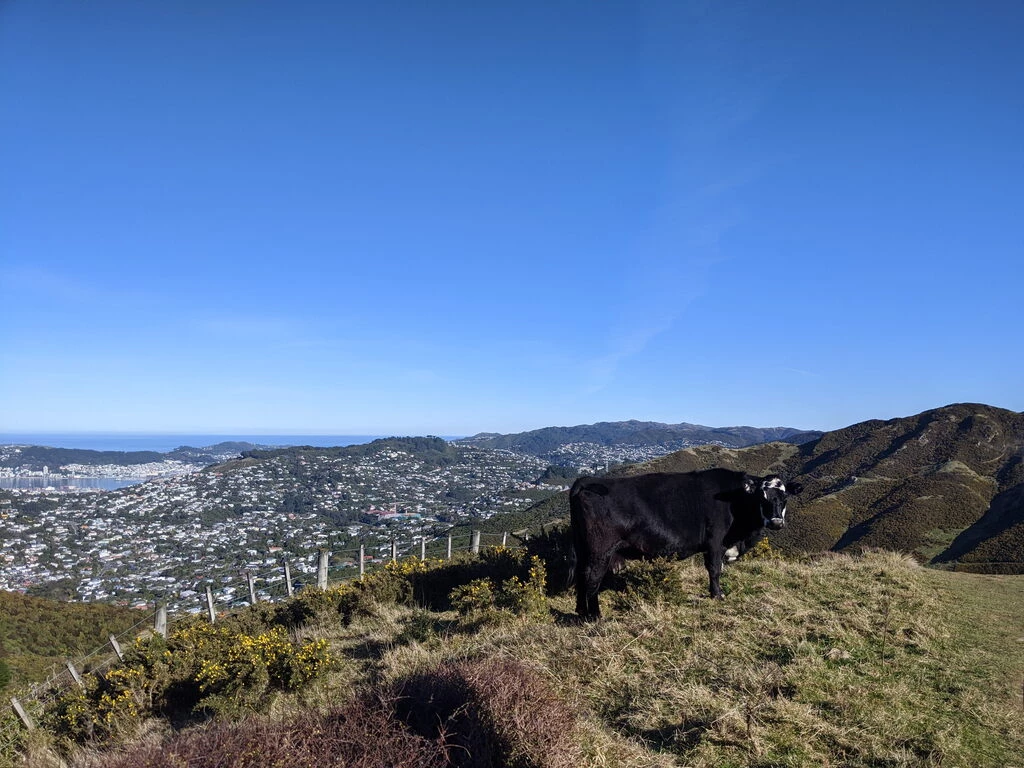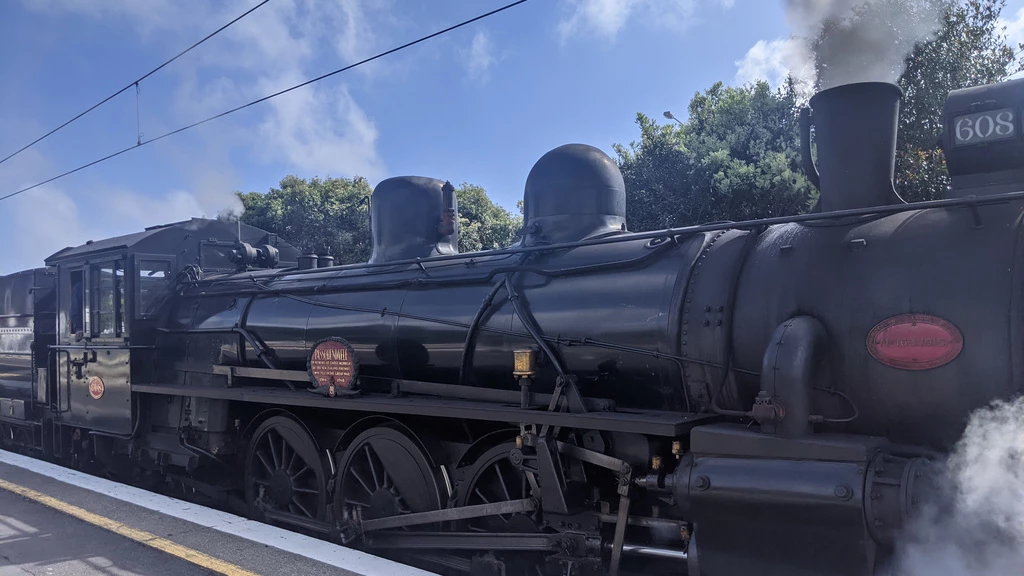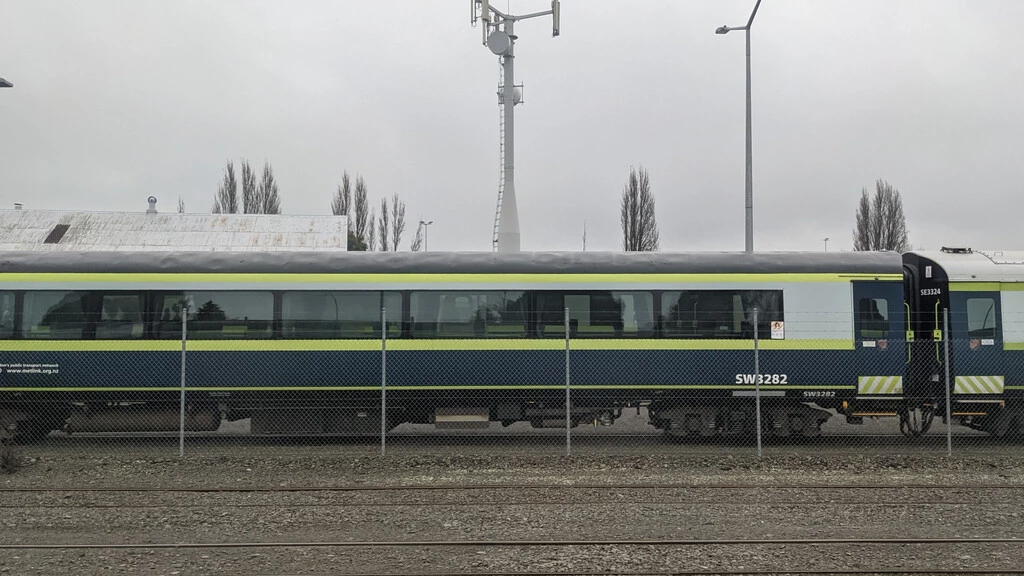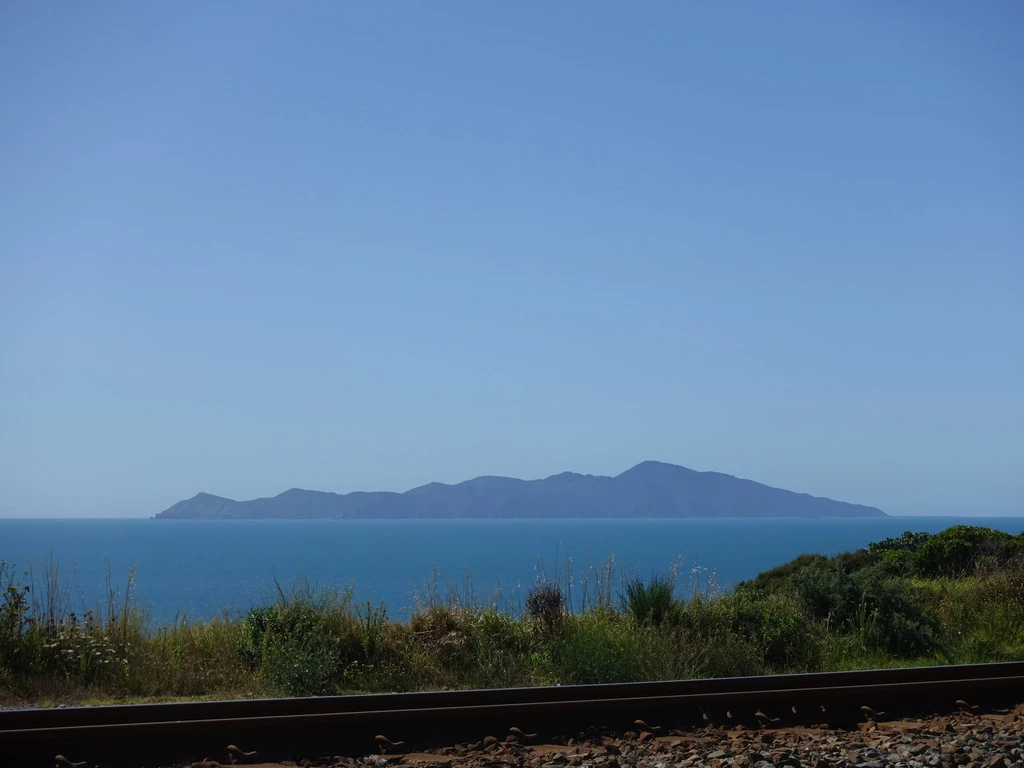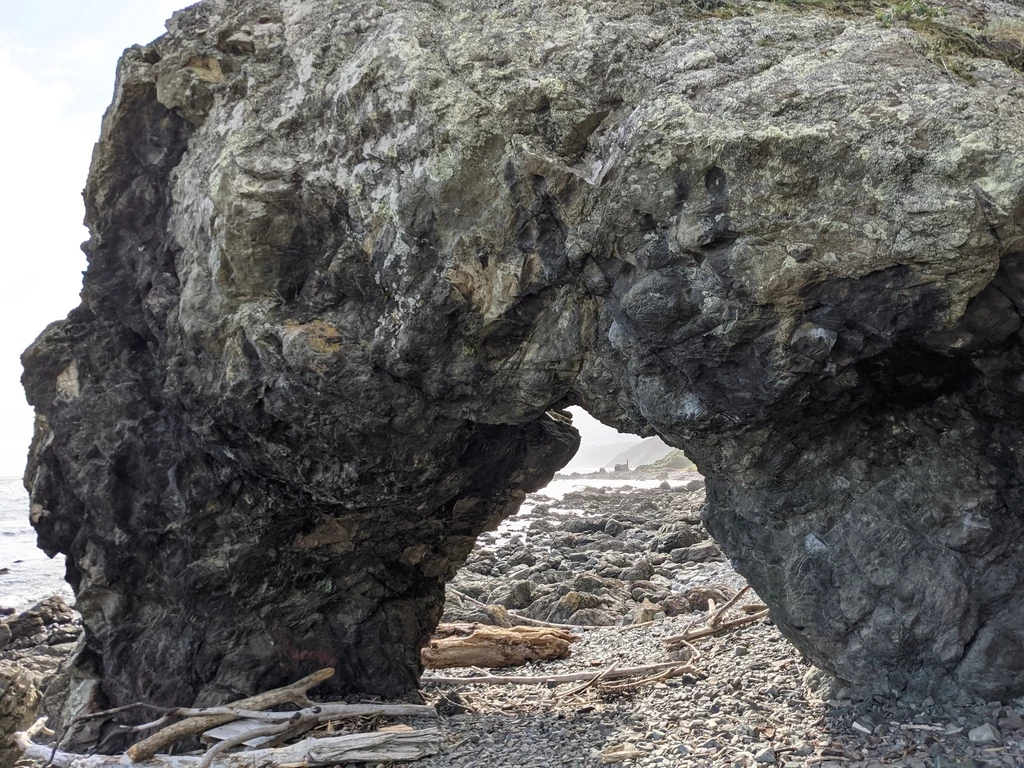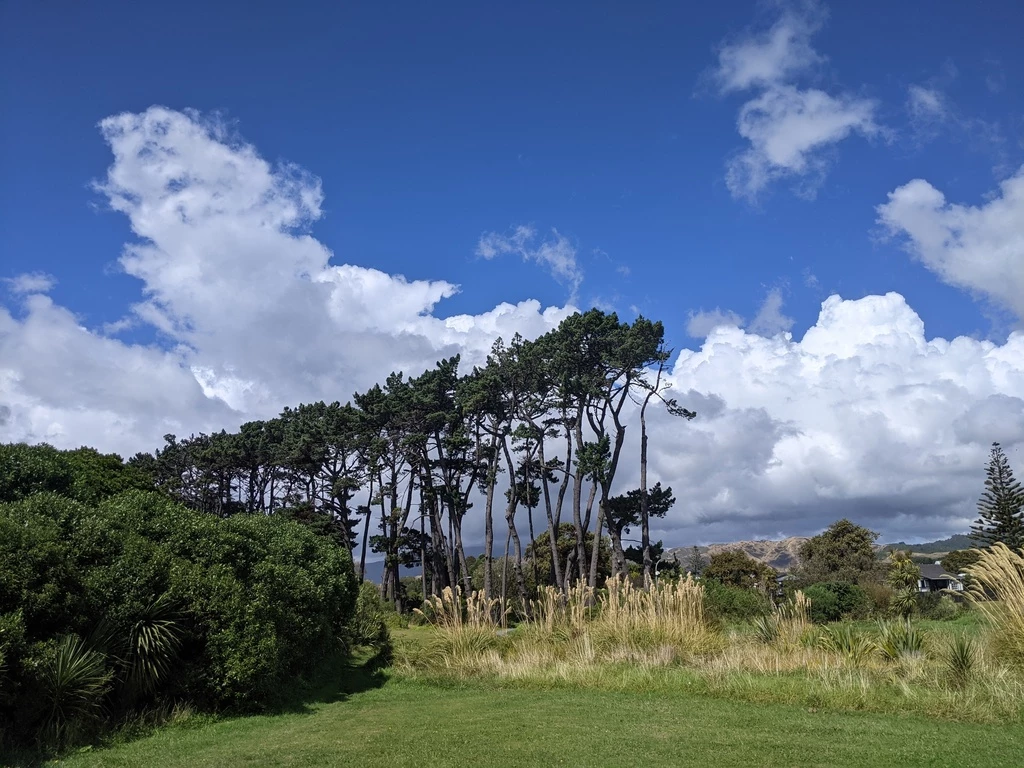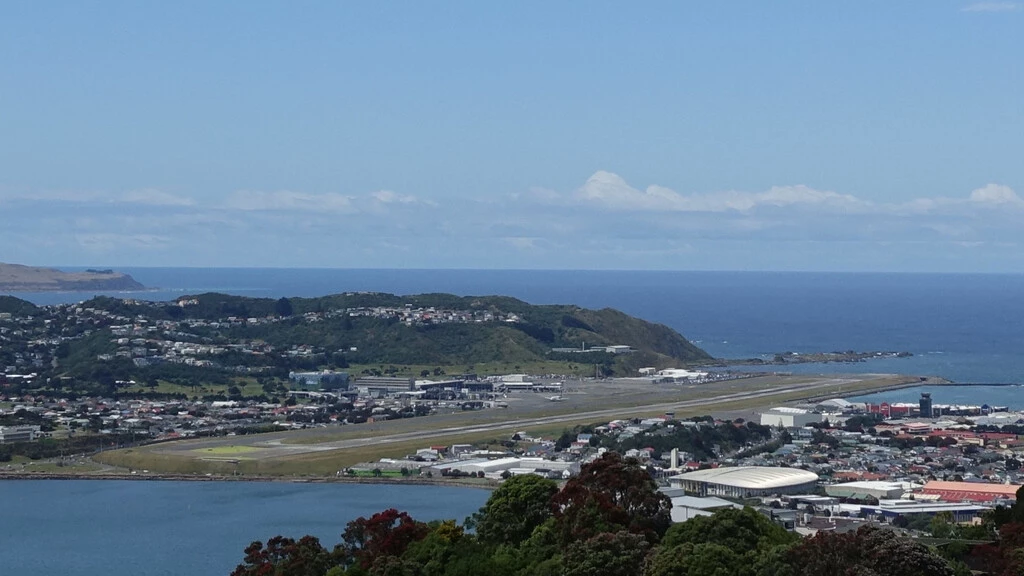Before 2019, New Zealand wasn’t even really on my radar. But Craig being Craig, I got invited, and so I thought I’d come and visit Victoria University of Wellington for a few months on my sabbatical. I didn’t really know what to expect.
Capsule summary
We really enjoyed our time in Wellington and New Zealand in general; I’ve written about New Zealand elsewhere. Let’s talk about the city itself now. Definitely Kelburn qualifies as a 15-minute city; it’s practially downtown. I could walk to many places and bike to the rest. Occasionally I took some form of transit. I think many other places in Wellington have enough of a core that they could make it work too, especially with densification: definitely Newtown, probably Karori and Miramar. Maybe Island Bay and Johnsonville?
Introduction: Wellington
Wellington, the capital of New Zealand, has an urban area with regional population 547,000 as of June 2021, per Wikipedia. Waterloo (ON) Region was 623,930 in 2020, so actually a bit bigger. But central Wellington feels more like a city than any of the urban centres in Waterloo Region, somehow. (Uptown Waterloo, Downtown Kitchener, Galt, and Preston). Wellington is perhaps a bit smaller than Christchurch and way smaller than Auckland. We’ll do more of a head-to-head comparison in this entry, as well as talking about Wellington in general.
We were living in Kelburn, which is the suburb containing VUW’s main campus, and were always within 10 minutes’ walk from the university, which was also within 20 minutes of the Central Business District. We did not have a car, but I had a bike (actually two; had to replace it once).
It was actually kind of hard to dig up these numbers, but they are from the 2018 NZ Household Travel Survey for getting to work. Sounded like Wellington could be my kind of place.
| transit | bike | walk | |
|---|---|---|---|
| New Zealand | 6.5% | 2.1% | 9.2% |
| Auckland | 10.8% | 1% | 4.2% |
| Christchurch | 4% | 6% | 4% |
| Wellington | 18% | 2% | 10% |
| Wellington City | 21% | 4% | 19% |
Statistics Canada says 16.3% transit, 1.6% bike, and 5.3% walk in Canadian census metropolitan areas in 2016.
Wellington transit
Not as awesome as one might hope, though punches above its weight per capita. Mostly frequent commuter trains from the farther suburbs and buses in Wellington City.
The short-term goal is to have a high-frequency bus network. The high-frequency-ness ends pretty early on the line that was closest to our house, the 21; it is every 15 minutes between 8am and 6pm on a 1.5km run between VUW and Courtenay Place downtown. It helps climb the hill though.
OK, so that is actually a bad example. A good example is the 2, which runs at 15-minute frequency (sometimes 10) from 6am to midnight on its 11km run from Karori to Miramar. It wasn’t on my way, so I didn’t think much about it.
There was a huge shortage of bus drivers and some transit unrest in 2021. Part of the issue, I think, was outsourcing to private operating companies when NZ went pretty all-in with doing what economists said, following a slump in the 90s.
The Wellington Cable Car (actually a funicular) also runs every 10 minutes when it runs, and covers over 100m of elevation gain. Sometimes I took it after weekend judo practice to avoid that workout; it was never late enough for weeknight judo practice. You can take a bicycle on it. There were discussions at city council about whether it counts as rapid transit (and hence requires high density nearby). Living near the cable car is luxurious. But it’s expensive; the multi-pass price is $2.56/trip for 25 trips, and the one-off price is $5/trip. This is far more expensive than the 1.2CHF Polybahn we took in Zurich, surprisingly. But it’s also more than twice as much elevation gain!
Transit also includes some ferries across the harbour. I hear ferries are way more important in Auckland.
Long term, Wellington is having the same discussion that Waterloo had 10 years ago about LRT vs BRT; you can find my 2011 delegation to Regional Council about that. In some ways it’s like Wellington is 15 years behind Waterloo. People say that about NZ as a whole. In other ways, though, this is definitely not true: NZ is ahead in terms of things like charging for parking (yes please) and cutting emissions, though it’s not perfect.
I hope that Wellington implements trains from Wellington Station down to Island Bay, and sooner rather than later. That seems like a sensible spine. Hitting the airport is not actually that important for most people, I think.
Daily amenities
- Bagels: 1.5km away from Best Ugly Bagels, which makes credible Montreal-style bagels in New Zealand.
- Groceries: Four Square is 700m away with 0m elevation gain, New World Metro is 1.1km away (15 minutes) with 120m elevation loss (which is fine, but what goes down must come up). Pharmacy near New World (and one at the university for weekdays). Harbourside Market 1.8km away as well.
- Libraries: Branch of Wellington City Libraries also 1.1km away. Main library closed for seismic strengthening. Big issue.
- Culture: Here we were close to the centre and all of the culture was there. Te Papa is an epic museum 1.8km away.
- Restaurants and other retail: Also tons, though we had to be pretty selective about NZ restaurants (e.g. I didn’t like most NZ sushi, mexican, or middle Eastern) and MP didn’t really like retail.
- Climbing gym: Fergs Kayaks is 1.6km away. Now pretty good bouldering (newly-renovated), terrible toproping, passable leading. Small. Hangdog somewhat bigger and much better, but 15km away. Got there by transit once or twice, but it’s painful. Bike access not good. Grand River Rocks much better.
- Judo club: Regularly got to Wellington Judo Academy 4km away. Biking there is a breeze. Biking back is a workout after the workout.
Somehow this does not feel at all like living near downtown Montreal actually. Downtown Montreal actually has all the amenities but it also feels a bit more commercial than residential. We were extremely close to central Wellington and it felt less full of office blocks, though that’s probably not actually true. Could be mostly in my head based on my lived experience in either place.
Work
As I wrote above, I arranged myself to be within 10 minutes’ walk of the university. This is a much more attractive option in Wellington (where one is also within 10 minutes of downtown) than in Waterloo; the University of Waterloo’s campus is not urban. Near Waterloo, there are a decent number of restaurants, and T&T is not far away from the western end of campus now, but it still doesn’t feel like a place, and it is not a real 15-minute city near campus. Thing is, I didn’t really go to the university every day in Wellington (and we’ll see how the next few months go in Waterloo). But Kelburn is just a nice neighbourhood to live in.
MP commutes to Newtown. There is a bus up/down the hill which is sometimes cancelled, and then lots of buses from sea level. The buses sometimes get stuck in traffic, which is terrible.
Bike infrastructure
They’re working on it, but it’s not great at the moment. My bike ride out to judo got a bit better when they replaced angle parking with parallel parking on Hutt Road. It feels about like Kitchener/Waterloo in 2008 when I moved there. There is good infrastructure round the bays reaching out to Miramar, but it’s not direct from the CBD. On the other hand, the direct route involves going over or through Mount Victoria.
Indeed, the whole hilliness thing makes it hard for those of us not on e-bikes (and it makes roads narrower). I think e-bikes really could make Wellington a much better city for biking, along with building the necessary segregated bike lanes. (Digression: some people call for a second Mount Vic tunnel; but there already is one, reserved for buses. Obviously that doesn’t count.)
The CBD is currently not great for biking. There are some sharrows. Going to Newtown is pretty scary. Going to Hutt Valley along the highway is terrifying.
Car
Wellington is actually kind of terrible for driving around, especially central Wellington. The streets are pretty narrow, so there’s always sketch factor there. Parking is always expensive. And gas is expensive too. Yet, it’s still a pretty popular way to get around: streets have lots of cars. There is a plan to ban cars from the Golden Mile downtown, and Cuba Street already has a successful pedestrian section, which is better than anything that exists in Kitchener/Waterloo. Montreal has pedestrian Ste-Catherine in the summer, which is bigger. The Golden Mile is already only 22% cars, but they still ruin everything.
My comments are really about central Wellington and Newtown. If you go out, say to Miramar, things are further and less convenient by non-car. The Hutt Valley and Kāpiti have trains, but they are very much commuter trains; getting around those places is much harder without a car. They’re reasonably flat, so one could bike, but see above about bike infrastructure.
Access to nature
While it’s easy to get into the countryside in Waterloo (4km from my place!) there’s not much that interests me around Waterloo. We learned during lockdown that there were tons of worthwhile walks near our place in Wellington, including the 20 Welly Walks [gallery]. You can leave your house and go on a good 20km walk in fairly wild terrain. (Not actually wild, but not obviously manicured).
Getting out of town
I’ve written elsewhere at great length about getting around New Zealand. Let’s make this specific to Wellington. This is also partly a matter of exploring what was easy without a car, although car rentals were pretty easy too. I feel like there are more nearby destinations than there are in Montreal and Kitchener, though maybe that’s just because it feels more foreign.
Ground transport
There’s regional rail which I describe below, as well as a commuter connection from Palmerston North on weekdays and a tourist train to Auckland. There’s also InterCity buses, which provide a reasonable standard of service; frequency seems limited. We took an InterCity bus from Picton to Nelson right after the first lockdown and the driver was really keen to be taking passengers again.
West-ish
The train gets you up the Kāpiti coast, so you can conceivably get to Pukerua Bay for easy cragging; to the Escarpment track (which we thought was a bit overrated); and to Paraparaumu. I’ve never taken transit to Titahi Bay (trad cragging) but it looks like 40 minutes instead of 20, which is fine.
The Tararuas are also just west of the Kāpiti coast and east of Wairapapa. They can be really wild and there have been some poor outcomes for trampers.
North-ish
We’ve also taken the train to Masterton and then rented a car to go to the Pūkaha/Mount Bruce National Wildlife Centre. It’s nice to not have to drive through the twists at Remutaka; that is kind of like driving to Yosemite, though shorter. (I don’t like driving). You can reach the Wairapapa by transit but getting around is tricky.
East-ish
You can go around the harbour pretty easily by ferry or by bus, and then walk or bike to Pencarrow. Turakirae Head is a bit farther and needs a car, as does the wild region south of the Wairapapa, e.g. Cape Palliser.
South-ish
You can take the ferry to Picton. Or you can swim or fly.
Air
Air New Zealand and Jetstar provide low-cost connectivity throughout New Zealand. I wish there were more modal options (like trains) but there aren’t; and the plane is pretty fast. Air New Zealand is talking about electric planes, which may be viable in a NZ-sized country.
Conclusions
From what I can tell, Wellington is the most livable NZ city (if you can afford it; house prices are a thing, but out of scope here). To be fair, I’ve only spent a bit of time in Christchurch and almost no time in Auckland. But the urban form of Wellington looks like my favourite kind. It shares features with Kitchener/Waterloo in that there aren’t a zillion choices of a thing, but the unique instance of the thing is usually pretty good. Getting around can be—and hopefully will be—improved, and more supply in the form of higher-density mid-rise buildings should help with affordability.
In Wellington, and indeed for much of New Zealand, walking is the most accessible outdoor recreation, and it really is accessible. I was walking along one day and Sam was running by and mentioned he was moving to Vancouver (BC) in a few weeks: better skiing and climbing. That is true, certainly compared to Wellington. But also compared to Waterloo and Montreal. There are other problems with Vancouver, but that’s out of scope of this post.
